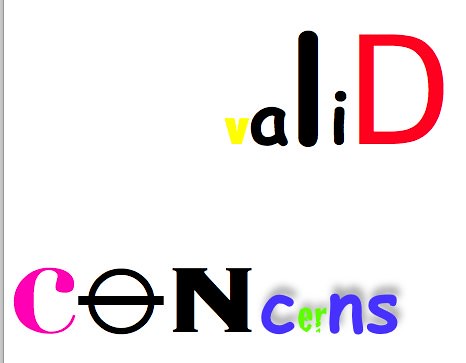valid concerns
Paul Butzi raises some valid concerns about any attempts to move away from the bookishness of books, when considering the design of a PDF photographic book. I'm not proposing ripping up and throwing away everything that has gone before, but I do think some of the assumptions are worth investigating. The computer screen is different to a book. The way we interact with documents on a screen is quite different. As a result, the design and presentation should maybe try to reflect that, not just emulate directly what went before.
I think Paul's cringing at the history of desktop publishing is well founded. However, that particular genie is already out of the bottle. The reason that things got so bad there for a while was that the personal computer democratised the design process. You didn't have to go to a professional designer to type up or design the flyer for your garage sale. You could do it yourself, with all the good and bad aspects that brings along. That problem already exists within photographic book publishing. Blurb, Lulu, iPhoto, et. al., already pulled that cork out. They try to contain the damage to a certain extent by providing generic templates that enforce a particular book flow, but there is nothing to stop you going alone - many people did last year for SoFoBoMo. Full bleed layouts, done in design software, exported as a full page and then dropped into the POD software lets you do what you like, for good or ill. If you are planning on doing your own layout for SoFoBoMo, I'd urge you to expend a little bit of effort and learn some basics of good design and typography. If you want you can read about my experiences trying to learn the fundamentals of book design and typography from last year. There are some book recommendations along the way. In particular, if you want to see how bad my early efforts where, they are still here. Maybe that's the first lesson - PDFs don't go out of print.
So I don't think considering the change of medium from physical book to PDF really is concerned with that other orthogonal concern of bad design or lack of knowledge. Bad design is bad design, irrespective of medium. Where it gets interesting though is if you bring a good design principle forward to a medium where it becomes less optimal. Paul's example of the Kindle and its lack of spatial search-ability is one of my main frustrations with digital books, in a ebook reader or on a screen. If form is to follow function, then maybe we should reconsider some of the layout and design principles. I have a Safari account with O'Reilly. For a book reading geek like me, it should be a constant treasure trove of new things to read. It always looks that way when I browse through, but something stops me. I just can't read books on a screen the way I can curled up in a chair, or lying in bed, or anywhere else I can enjoy a good book. The Kindle tries to go someway towards addressing that, but it really just isn't there yet. I think the real future and goal of the Kindle is tied up in its name. Something better will eventually arrive. But for now, the Kindle isn't a graphical display and not really a suitable target for a PDF photographic book, so lets put it to one side.
If I tire quickly and can't read books in PDF on a computer screen, is the same principle at play when looking at photographs? Should we take that into account? The resolution between a computer screen (72-96 dots per inch) compared to a printed document (300 to 600 dots per inch) is quite different. Maybe that factors in. Then again, with a PDF you can zoom in and out, so maybe again we need to reconsider the resolution we share images at - should be size them for a 100% view, or consider providing something much higher resolution that a viewer can zoom into and explore? Do we care about protecting those high resolution images, or not? In terms of layout, a screen seen as a page presents one full spread at a time, not two facing pages. But maybe that screen can be viewed as a window onto a much larger space and pictures laid out differently as a result.
Most of these ideas are half-formed (and that's being kind) but PDF books on a screen are a different thing to a physical book. I think it is worth considering that carefully and designing appropriately. Hopefully without using Comic Sans.





0 comments:
Post a Comment